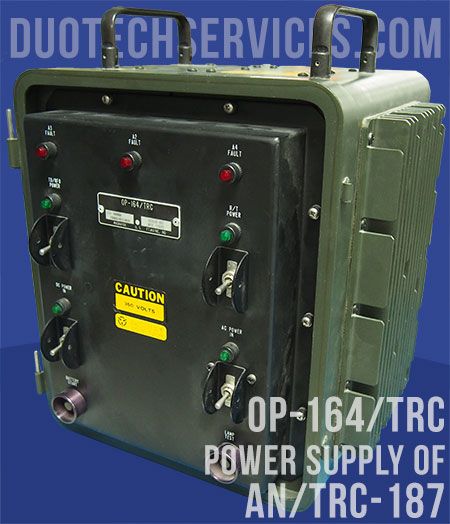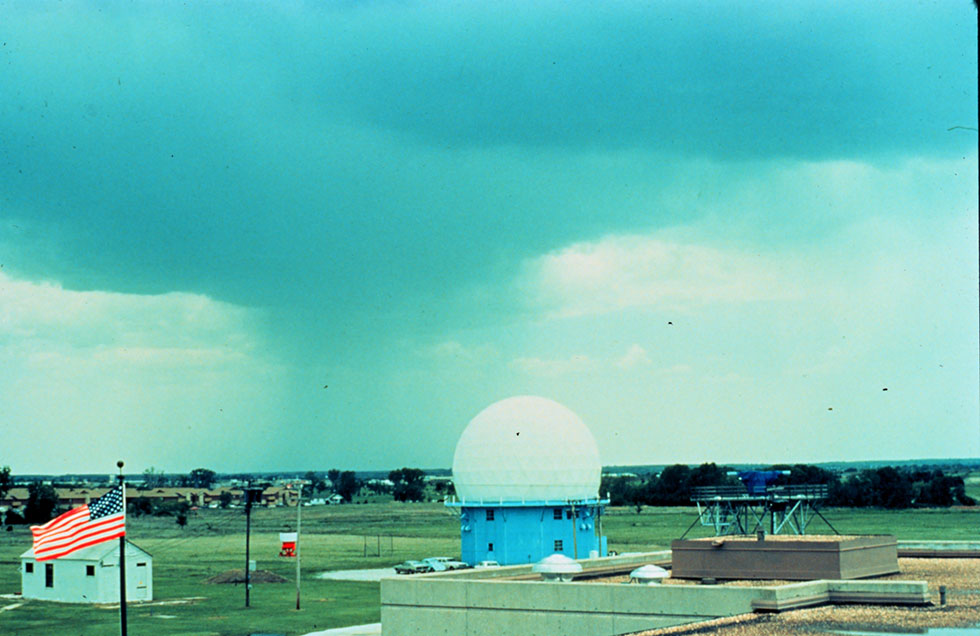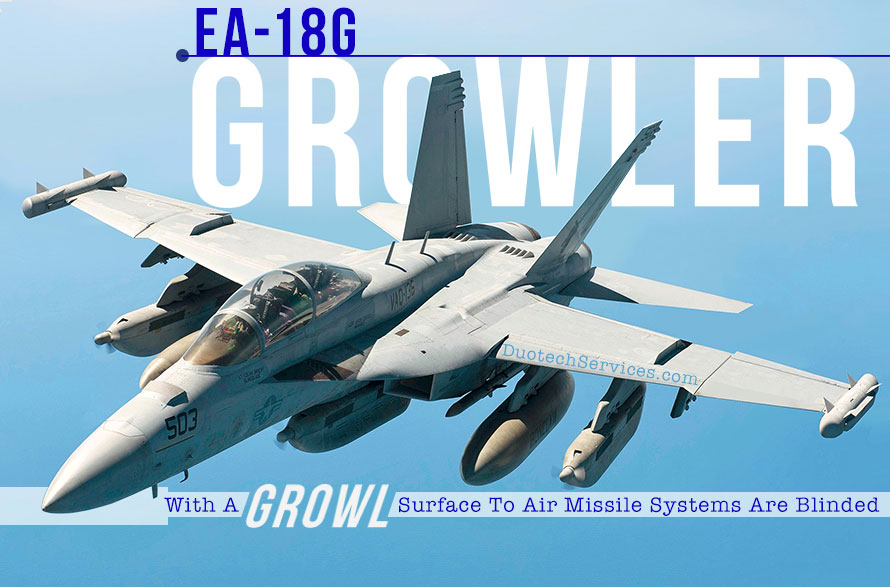 As a pilot, you need to stay in communication with other aircraft during your flight. As you pass through a military flight corridor, you may want to contact other friendly fixed-wing or rotary wing aircraft in your area to pass along relevant information. As an infantryman whose fireteam is pinned down by the enemy, having clear, uninterrupted communications with close-air support aircraft overhead is vitally important. During these moments, you don’t want the enemy to scramble the signal or to know what you are communicating.
As a pilot, you need to stay in communication with other aircraft during your flight. As you pass through a military flight corridor, you may want to contact other friendly fixed-wing or rotary wing aircraft in your area to pass along relevant information. As an infantryman whose fireteam is pinned down by the enemy, having clear, uninterrupted communications with close-air support aircraft overhead is vitally important. During these moments, you don’t want the enemy to scramble the signal or to know what you are communicating.
During the 1970s, the U.S. found that it was particularly easy to jam or intercept military aircraft communications with inexpensive equipment. To protect ultra high frequency (UHF) radio traffic from interruption, the U.S. military needed to develop air-to-air and ground-to-air radios that could transmit and receive without being jammed or intercepted. To manage this, in 1980 they introduced frequency hopping technology known as HAVE QUICK as an Electronic Counter Counter-Measure (ECCM) to address the threat.
HAVE QUICK
In May of 2016, we published an article titled “8 Facts about HAVE QUICK Frequency Hopping System.“ In that list of eight, the #5 item explained that ‘in order to coordinate between HAVE QUICK aircraft and ground radios, the radios must be encrypted with the correct TOD, WOD, and a NET number. The WOD serves as a key and the TOD coordinates the frequency hopping between devices. The NET number enables multiple networks to use the same WOD and selects the correct modes.
To have time-synchronization of the hopping between frequencies, the HAVE QUICK system will initialize with both Time Of Day (TOD), or Word Of Day (WOD). The TOD synchronization is accomplished using a Global Positioning System (GPS) receiver to get the most accurate time. These two, along with the Net Number, coordinates the frequency changes between devices, interfering with the jammer or interceptor that continues to find itself on the wrong frequency. Though HAVE QUICK is not encryption, it will increase communications security.
AN/TRC-187

The OP-164/TRC is the power supply for the AN/TRC-187 radio
The AN/TRC-187 radio functions as the clock source for the HAVE QUICK system. It provides a timestamp for the HAVE QUICK radios by coordinating through GPS and satellites at initialization and during operation to ensure an accurate TOD. A time update from the satellites can be acquired in as little as 5 minutes with the TRC-187. GPS time requires that at least five satellites be in view at one time.
Pictured here is the OP-164/TRC (P/N 901638-801 NSN 6130-01-344-4473), the power supply to the AN/TRC-187. Power supplies like the OP-164 are repaired by Duotech Services technicians who support electronic components like the AN/TRC-187, as well as the HAVE QUICK radios ARC-164 and ARC-166. DSI supports avionics and electronics like these radios that can be found on KC-135, C-130, A-10, F-16, E-3, and rotary wing aircraft like the UH-1, CH-47, and H-60.
Duotech maintains an AS9100D registration and is a qualified repair station for thousands of items. Learn more below about Duotech’s long term sustainment capabilities for your C-130 Hercules.
Search for your part that needs to be repaired, or request a quote for repair now.







